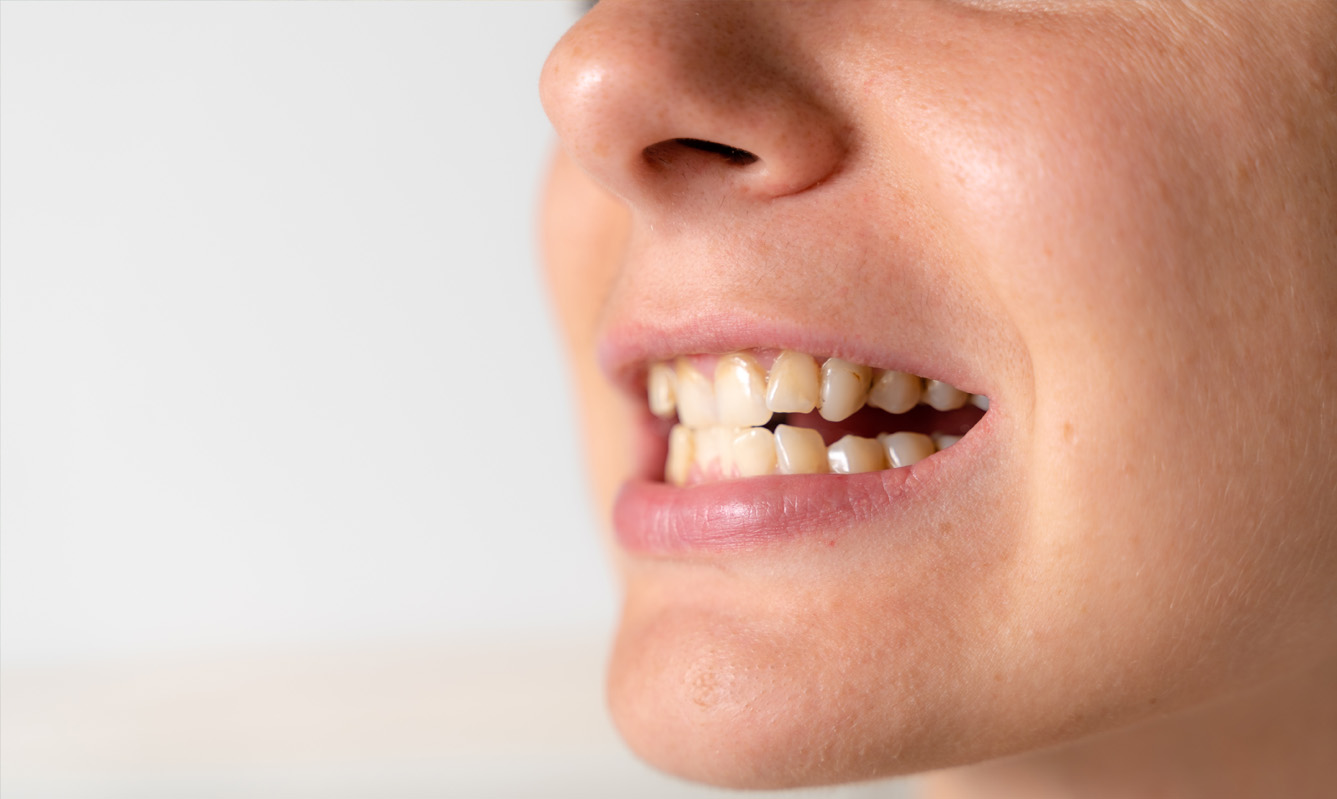One term you may hear repeated in the world of orthodontia is “malocclusion.” Simply put, a malocclusion is a misalignment of the teeth. Malocclusions are divided into three classes with Class 1 being the most typical. But what is a Class 1 malocclusion exactly and what can be done to treat it?
Class 1 malocclusion is one of the top reasons people need braces. In this type of malocclusion, the molar position, or bite, is normal but other teeth are misaligned. Common among children, this misalignment can happen for various reasons, including genetics, early loss of primary teeth, or habits like thumb sucking or tongue thrusting. While a Class 1 malocclusion may not always cause immediate issues it can lead to problems later in life if left untreated. As a result, braces and Invisalign are often needed to correct the alignment of the teeth and improve both the function and appearance of the smile.
Types of Class 1 Malocclusion
Class 1 Malocclusion can be further categorized into several subtypes each with its own characteristics. These subclasses are referred to as types 1 through 5.
Type 1: crowding of maxillary anterior teeth
Type 2: protruding maxillary incisors with spaces between teeth
Type 3: anterior crossbite
Type 4: posterior crossbite
Type 5: lack of space for teeth behind the canines, premolars, or second and third molars
Each subtype may require different treatment approaches such as braces, aligners or other orthodontic appliances, to correct the malocclusion and improve dental alignment.
Treatment solutions
When it comes to Class 1 malocclusions, treatment solutions depend on the severity of the misalignment and individual factors. Braces are a common treatment for a Class 1 malocclusion, as they gradually move misaligned teeth into the correct position. Other treatments may include aligners, such as Invisalign, which are clear and removable trays that gently shift the teeth. Retainers will be used after braces to maintain the corrected alignment.
The reasons why people get braces vary but often include improving oral health, enhancing appearance, and correcting bite issues that can lead to jaw pain or difficulty chewing. If you’re struggling with pain or discomfort from a Class 1 malocclusion, visit an orthodontist today for a consultation.
